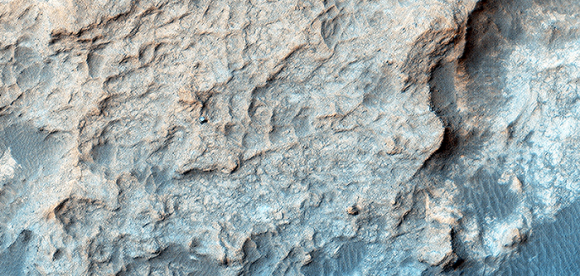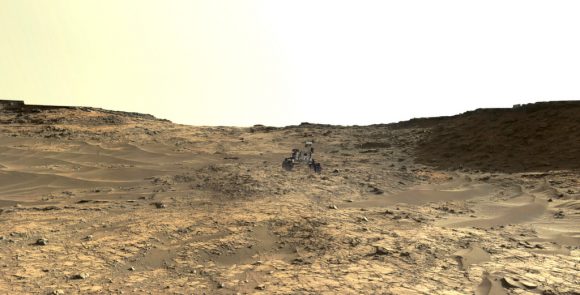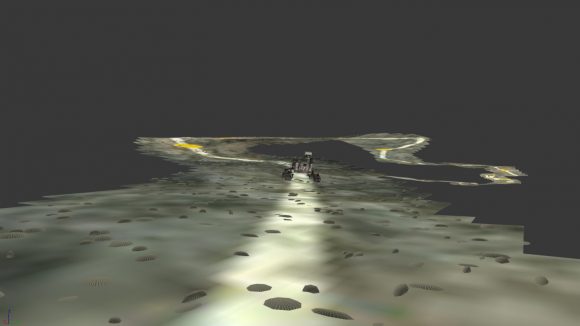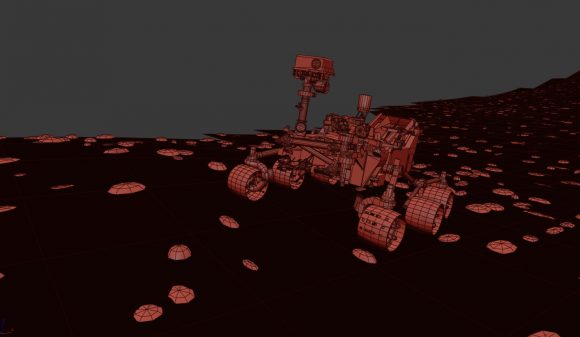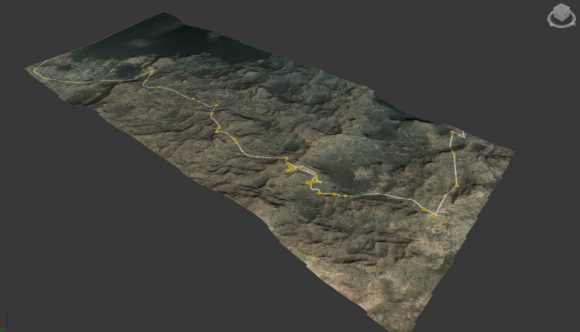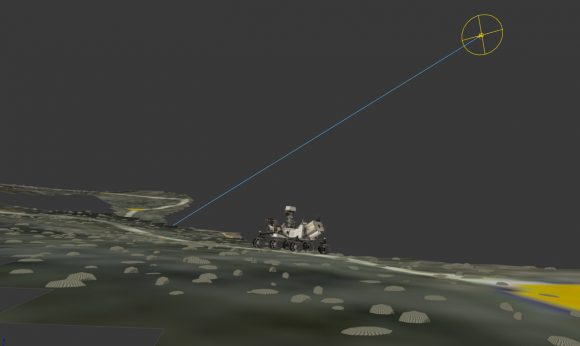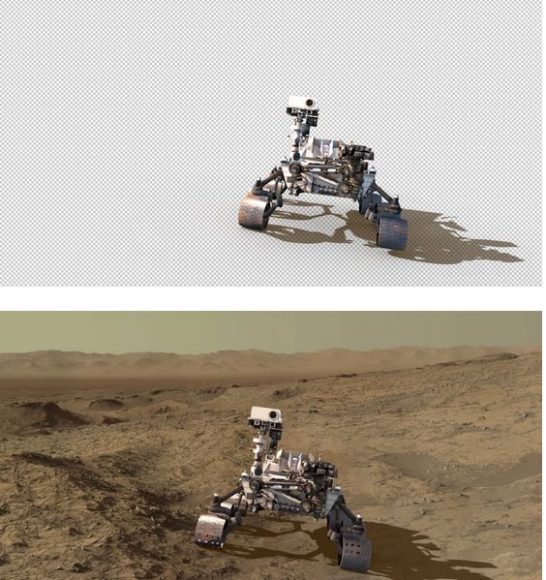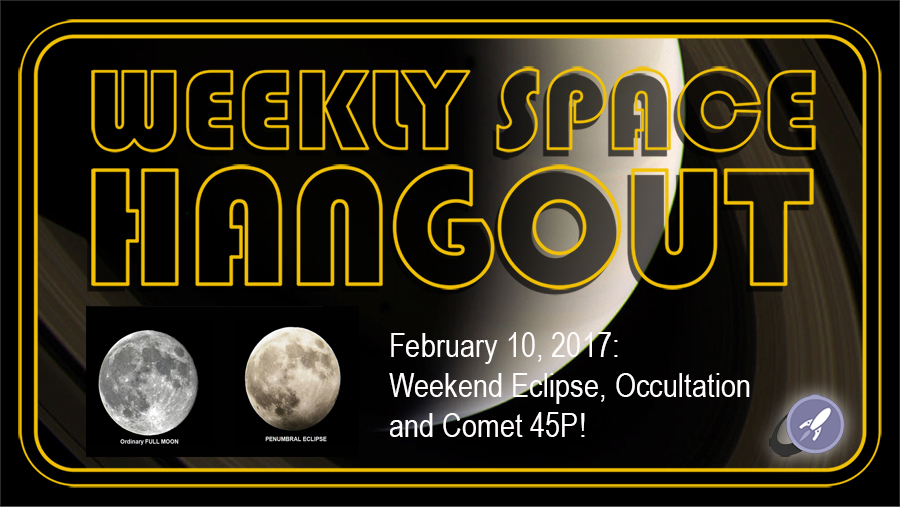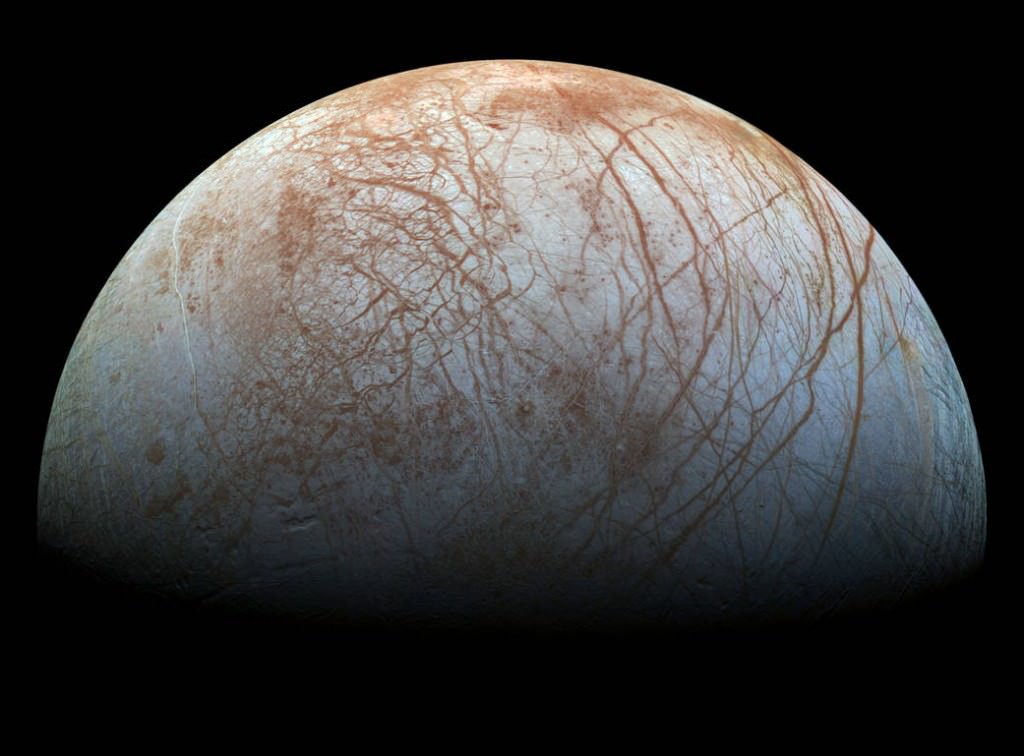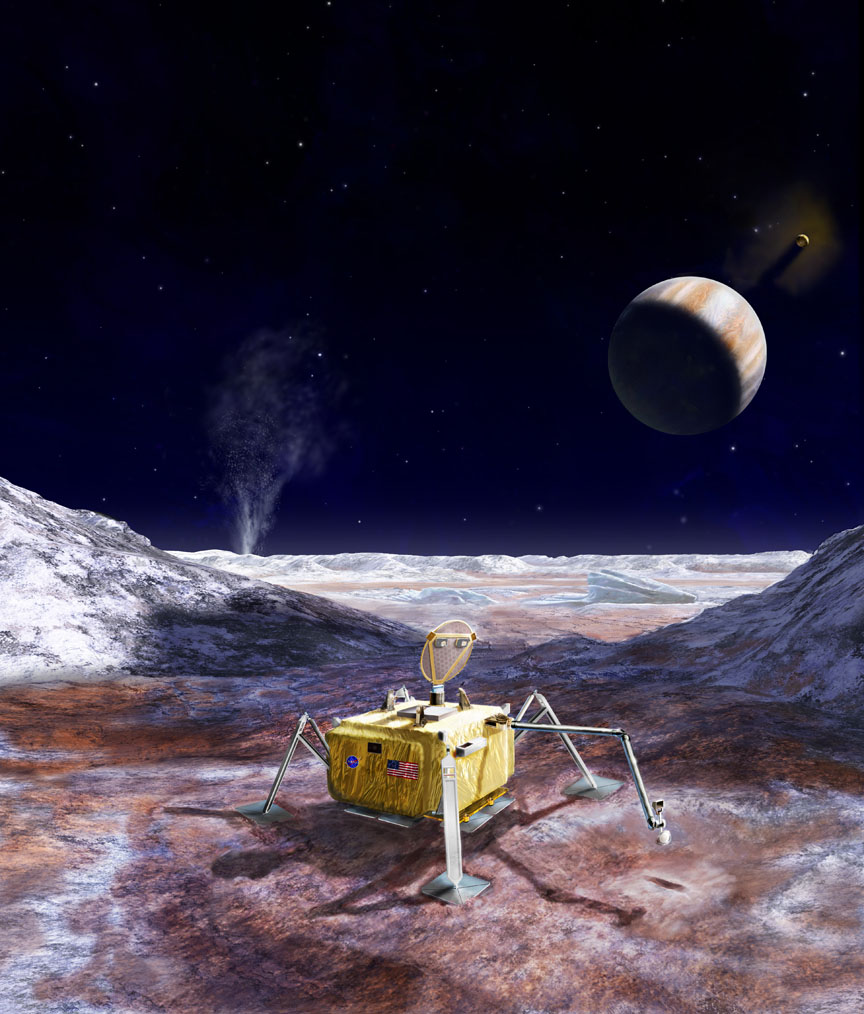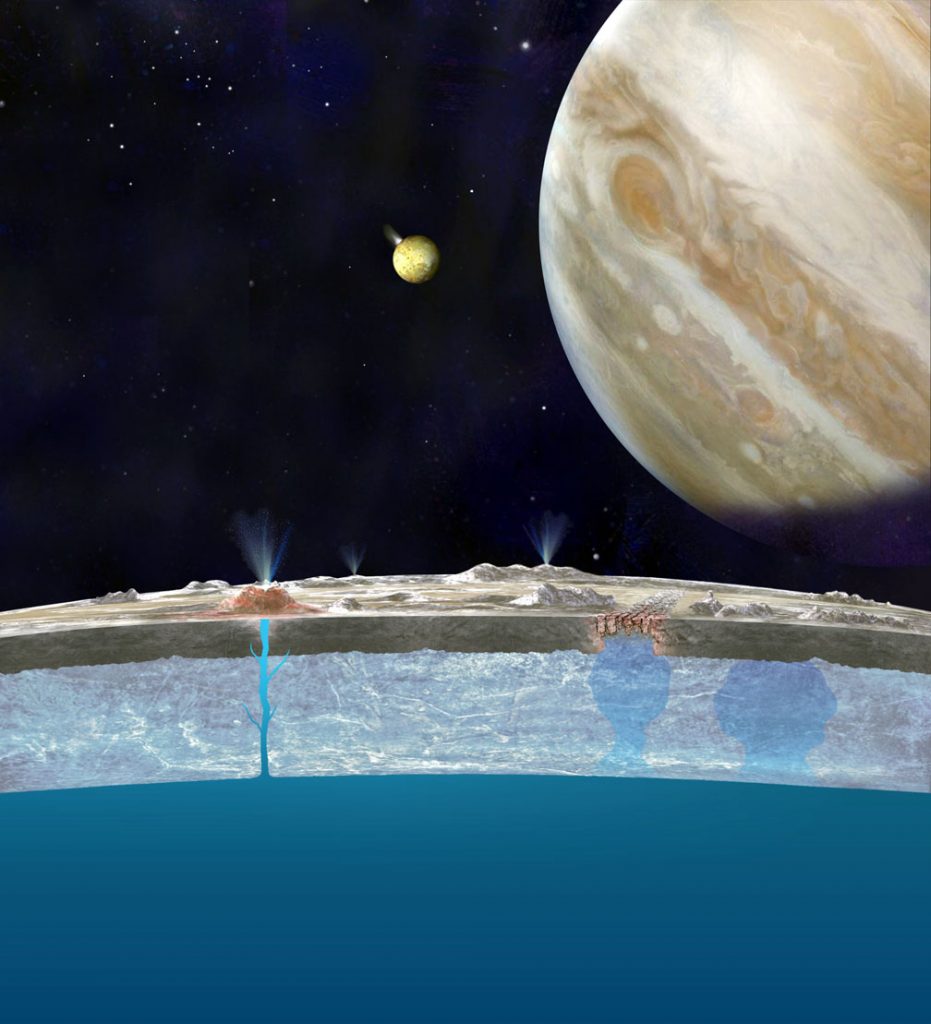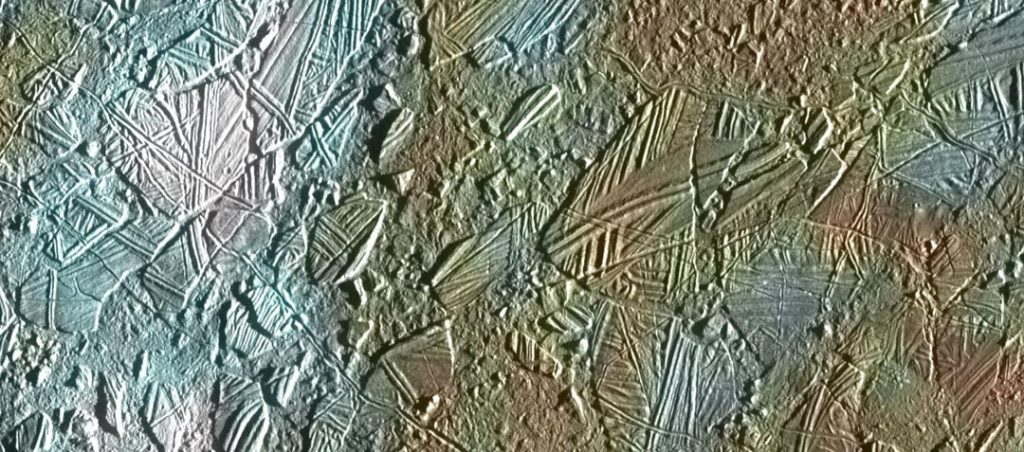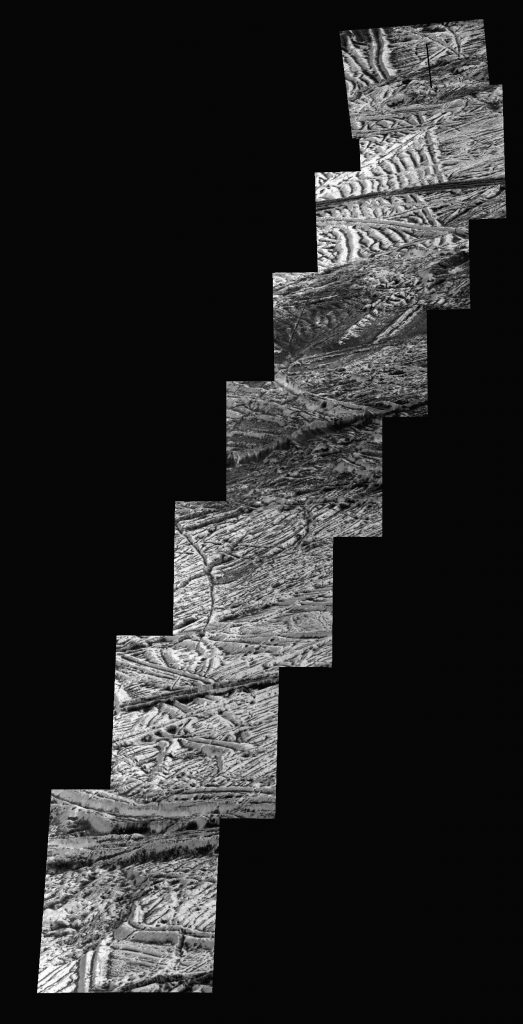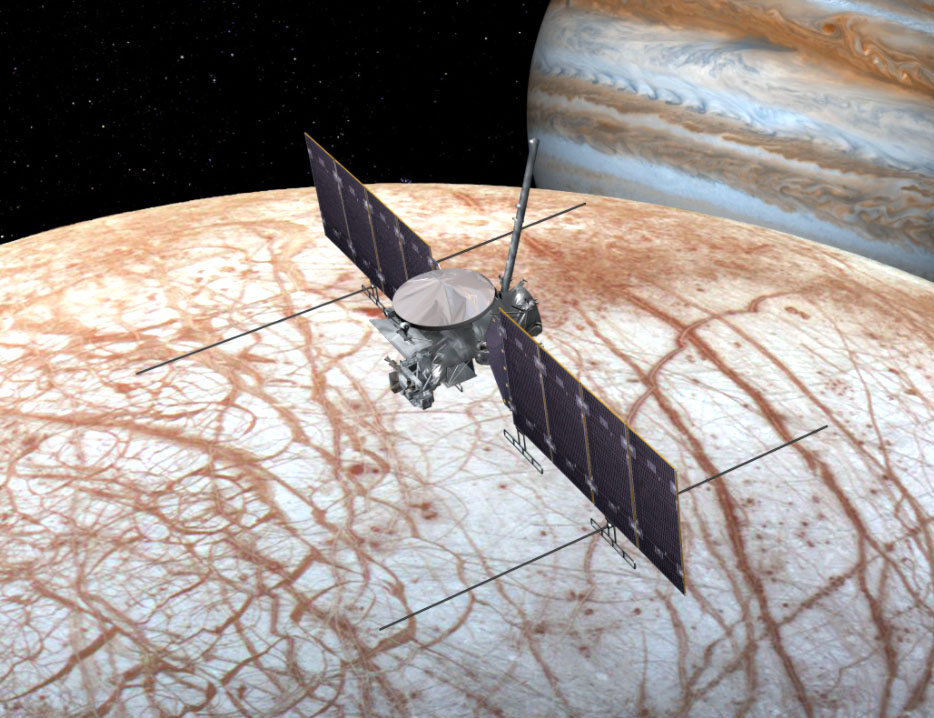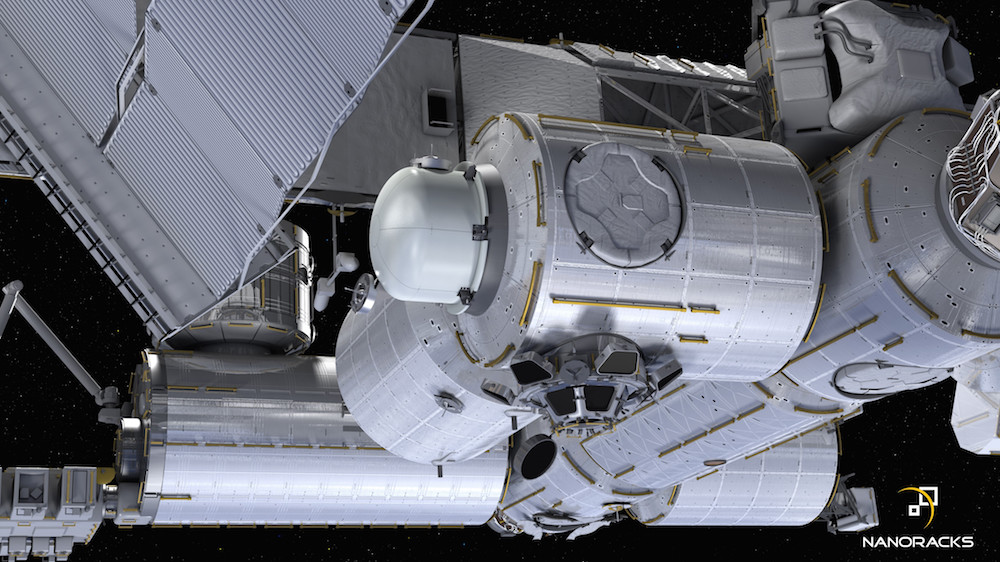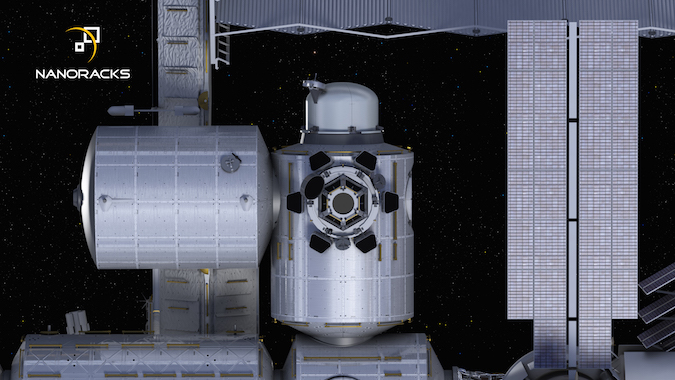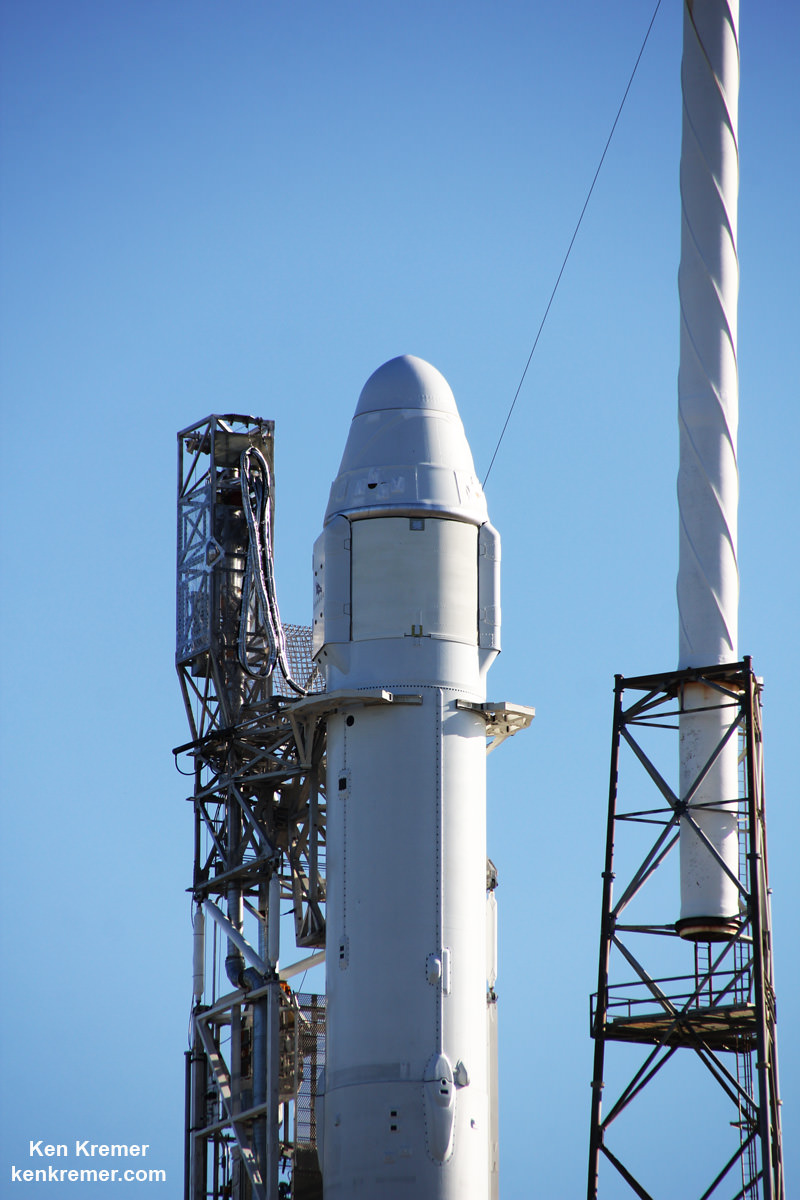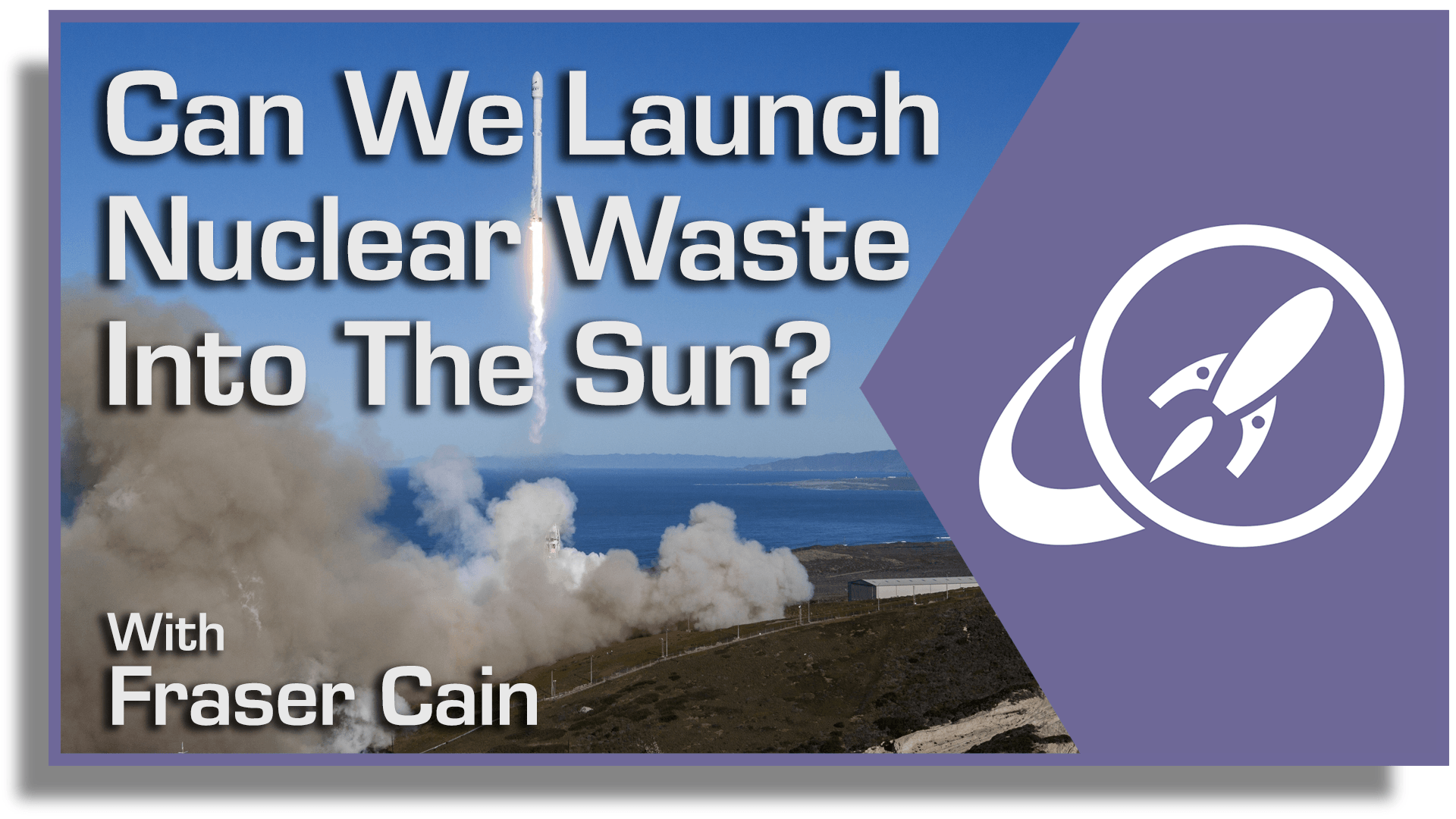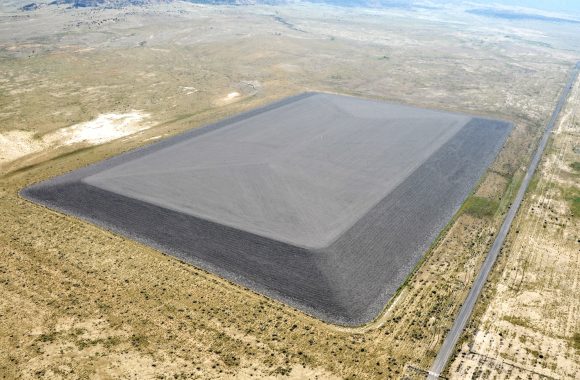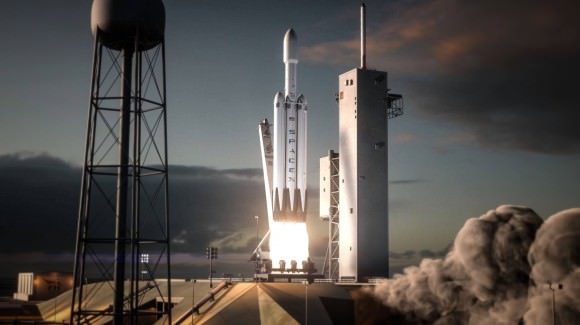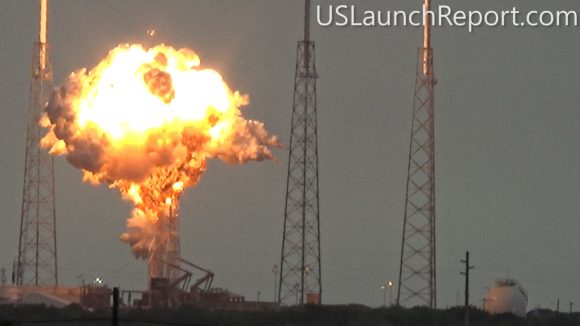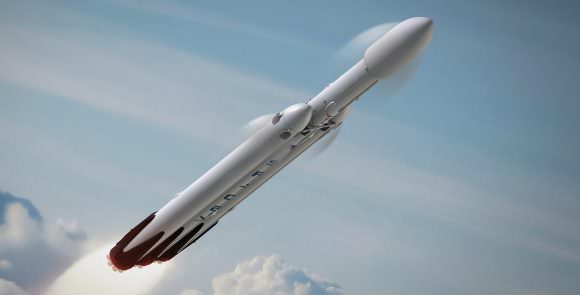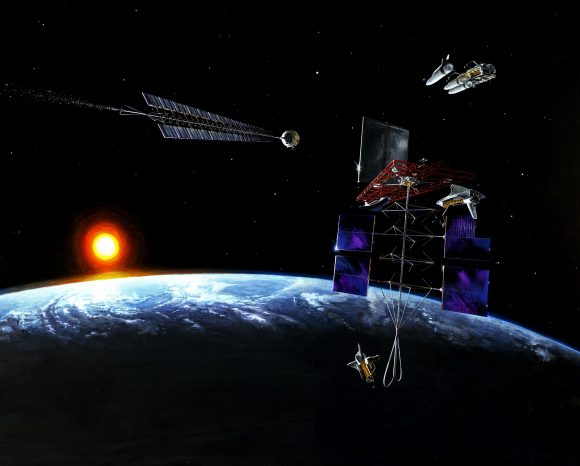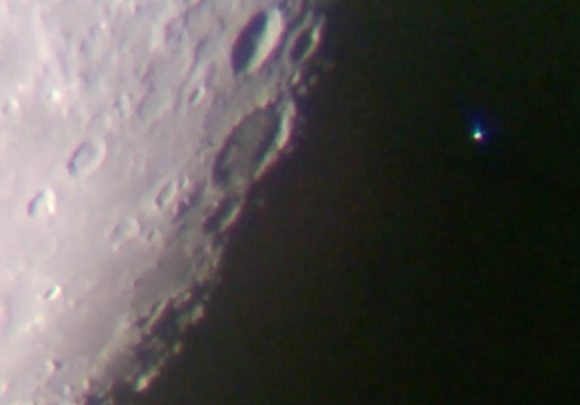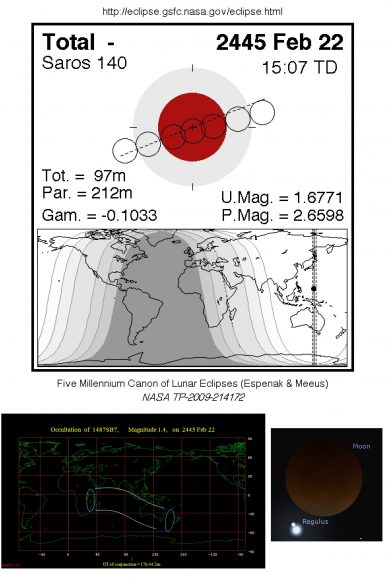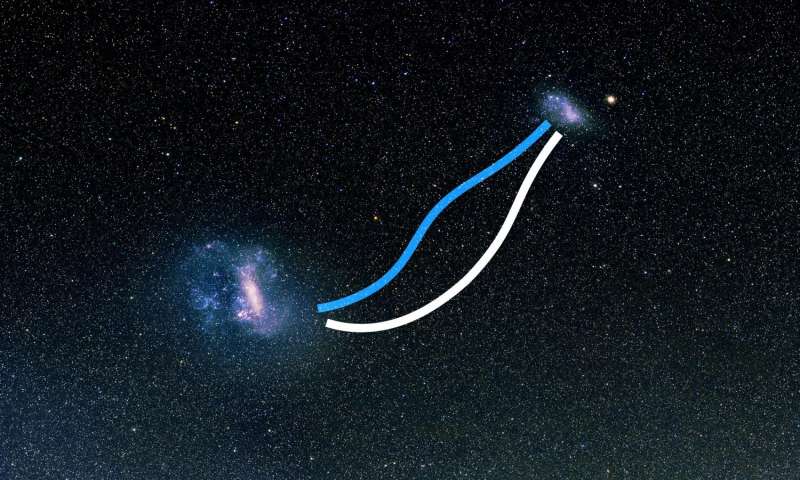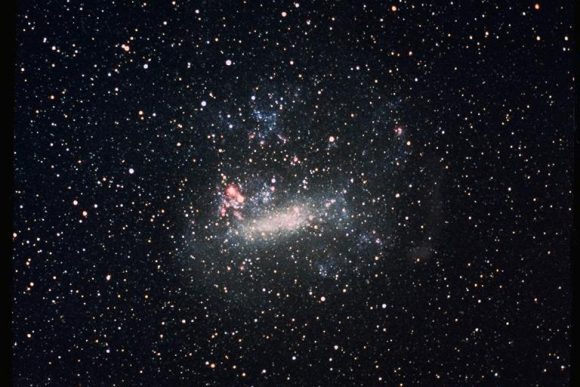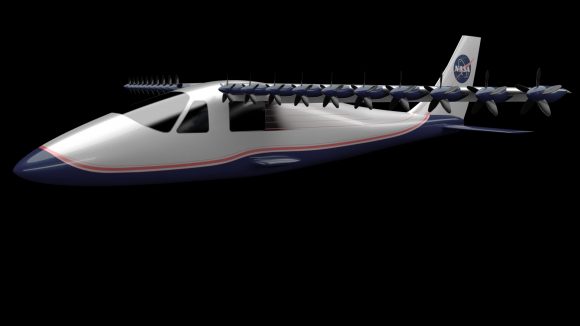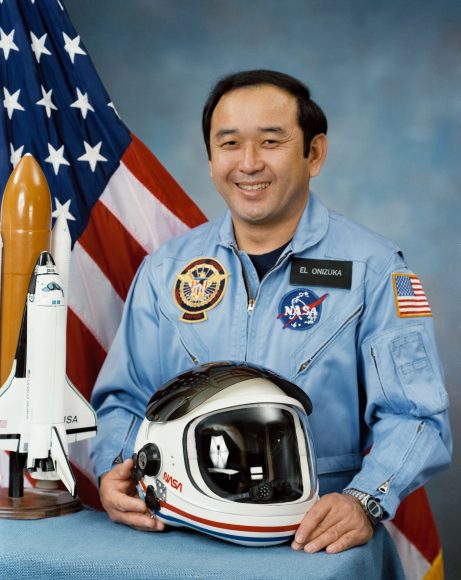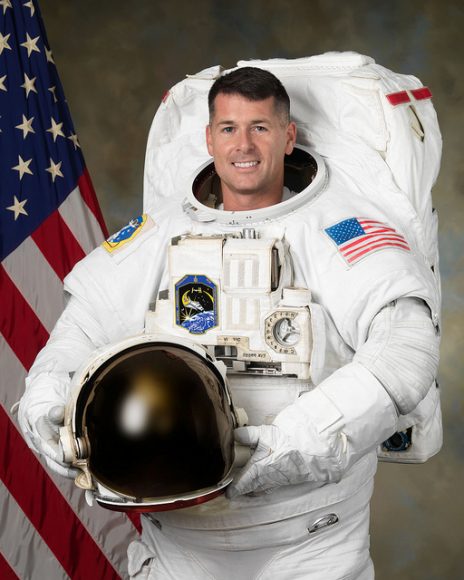Venus is often described as being hell itself, because of its crushing pressure, acidic atmosphere, and extremely high temperatures. Dealing with any one of these is a significant challenge when it comes to exploring Venus. Dealing with all three is extremely daunting, as the Soviet Union discovered with their Venera landers.
Actually, dealing with the sulphuric rain is not too difficult, but the heat and the pressure on the surface of Venus are huge hurdles to exploring the planet. NASA has been working on the Venus problem, trying to develop electronics that can survive long enough to do useful science. And it looks like they’re making huge progress.
Scientists at the NASA Glenn Research Centre have demonstrated electronic circuitry that should help open up the surface of Venus to exploration.
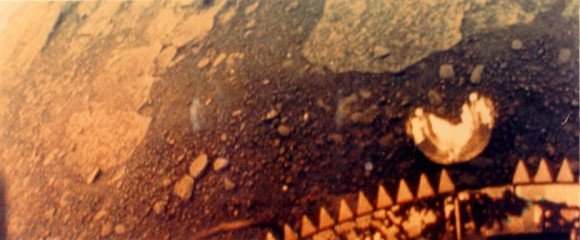
“With further technology development, such electronics could drastically improve Venus lander designs and mission concepts, enabling the first long-duration missions to the surface of Venus,” said Phil Neudeck, lead electronics engineer for this work.
With our current technology, landers can only withstand surface conditions on Venus for a few hours. You can’t do much science in a few hours, especially when weighed against the mission cost. So increasing the survivability of a Venus lander is crucial.
With a temperature of 460 degrees Celsius (860 degrees Fahrenheit), Venus is almost twice as hot as most ovens. It’s hot enough to melt lead, in fact. Not only that, but the surface pressure on Venus is about 90 times greater than Earth’s, because the atmosphere is so dense.
To protect the electronics on previous Venus landers, they have been contained inside special vessels designed to withstand the pressure and temperature. But these vessels add a lot of mass to the mission, and make sending landers to Venus a very expensive proposition. So NASA’s work on robust electronics is super important when it comes to exploring Venus.
The team at the Glenn Research Centre has developed silicon carbide semiconductor integrated circuits (Si C IC) that are extremely robust. Two of the circuits were tested inside a special chamber designed to precisely reproduce the conditions on Venus. This chamber is called the Glenn Extreme Environments Rig (GEER.)
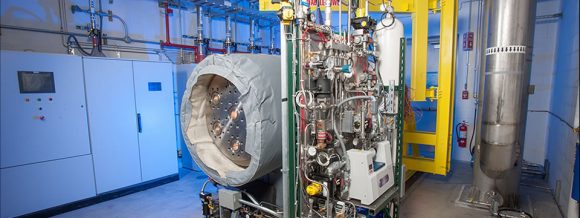
GEER is a special chamber that can recreate the conditions on any body in our Solar System. It’s an 800 Litre (28 cubic foot) chamber that can simulate temperatures up to 500° C (932° F), and pressures from near-vacuum to over 90 times the surface pressure of Earth. GEER can also simulate exotic atmospheres with its precision gas-mixing capabilities. It can mix very specific quantities of gases down to parts per million accuracy. For these tests, that means the unit had to reproduce an accurate recipe of CO2, N2, SO2, HF, HCl, CO, OCS, H2S, and H2O, down to very tiny quantities. And the tests were a success.
“We demonstrated vastly longer electrical operation with chips directly exposed — no cooling and no protective chip packaging — to a high-fidelity physical and chemical reproduction of Venus’ surface atmosphere,” Neudeck said. “And both integrated circuits still worked after the end of the test.”
In fact, the two circuits not only functioned after the test was completed, but they withstood Venus-like conditions for 521 hours. That’s more than 100 times longer than previous demonstrations of electronics designed for Venus missions.
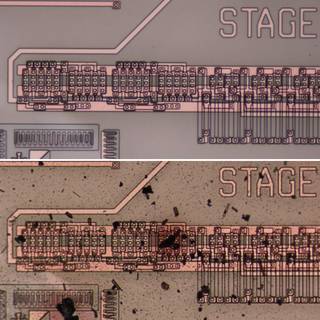
The circuits themselves were originally designed to operate in the extremely high temperatures inside aircraft engines. “This work not only enables the potential for new science in extended Venus surface and other planetary exploration, but it also has potentially significant impact for a range of Earth relevant applications, such as in aircraft engines to enable new capabilities, improve operations, and reduce emissions,” said Gary Hunter, principle investigator for Venus surface electronics development.”
The chips themselves were very simple. They weren’t prototypes of any specific electronics that would be equipped on a Venus lander. What these tests showed is that the new Silicon Carbide Integrated Circuits (Si C IC) can withstand the conditions on Venus.
A host of other challenges remains when it comes to the overall success of a Venus lander. All of the equipment that has to operate there, like sensors, drills, and atmospheric samplers, still has to survive the thermal expansion from exposure to extremely high temperature. Robust new designs will be required in many cases. But this successful test of electronics that can survive without bulky, heavy, protective enclosures is definitely a leap forward.
If you’re interested in what a Venus lander might look like, check out the Venus Sail Rover concept.




